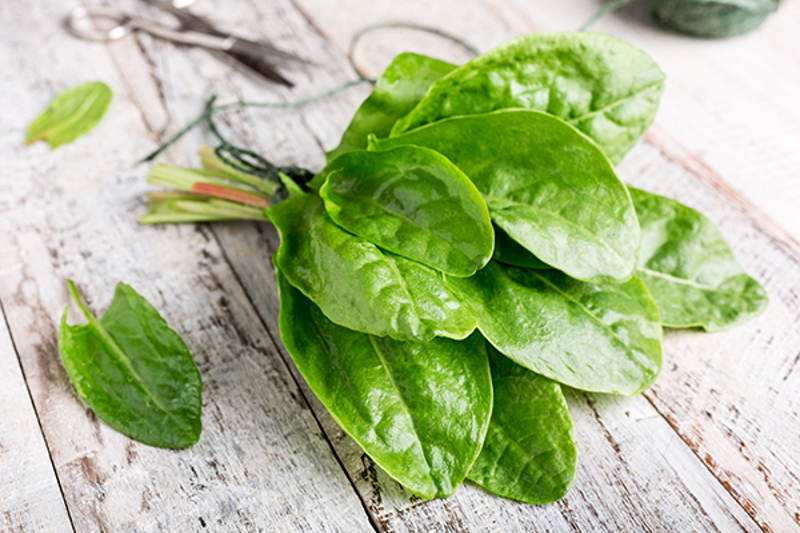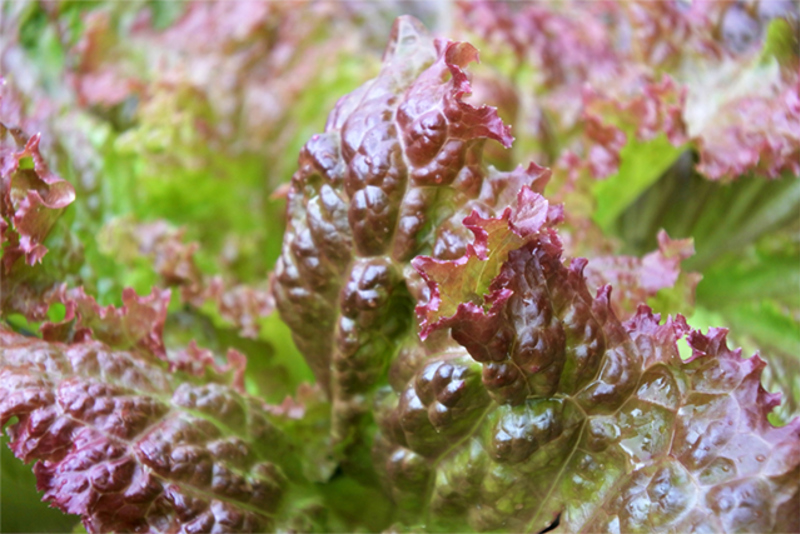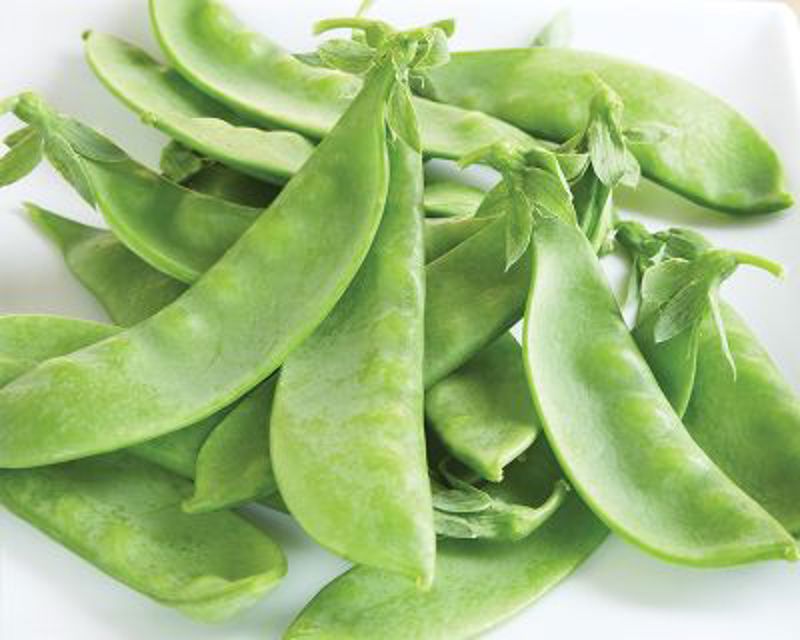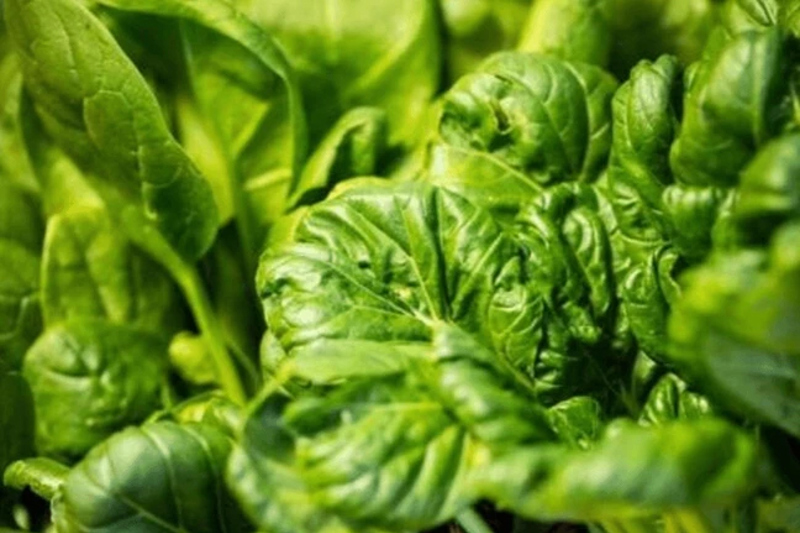Yates Account
Join now
Create a Yates account today!
Sign up to join the Yates Garden Club for monthly e-mails packed with seasonal inspiration, tips for success & exclusive promotions.
Plus if you’re a Garden Club member you can take part in the Yates Growing Community - a blog to share successes, get advice & win prizes in fun challenges along the way!

Forgot password
Enter the email address associated with your account, and we'll email you a new password.
July is a challenging time to sow vegies throughout most of the country. Good news though; there are some toughies that will cope with the chill. Vegies like spinach, carrots, peas, wong bok, broad beans, choy sum and onions can be sown this month.
In cooler areas, hold off until the end of the month and you'll be able to sow lettuce, kale, broccoli, cauliflower and cabbage. If you're in the top of the North Island you can usually get them in a bit earlier. All these classic vegies thrive in winter's cool weather.
Read on for our top beginner vegie growing tips, to help stock your kitchen with wonderful home grown ingredients.

Cool Season Spinach
Spinach is laden with fantastic antioxidants and is high in health benefitting carotenoids (though you can’t see the evidence as they’re masked by spinach’s high chlorophyll content). Spinach is also a great source of vitamins, fibre and protein...Popeye was really on to something!
Yates Spinach Winter Queen is a tasty, prolific and early maturing spinach variety with large deep green leaves. It can be sown throughout New Zealand in July and it’s as easy as sowing a few seeds in a clump, direct where they are to grow in a sunny spot in the vegie garden. Seeds will take 1 – 3 weeks to germinate (so don’t give up on them too quickly!) and you can be harvesting leaves in as little as 8 – 10 weeks.
The beauty of loose leafy vegies like spinach is that you can harvest individual leaves as you need them.
No vegie patch? Not a problem! Yates Spinach Winter Queen can also be grown in pots. Choose a sunny spot on a patio or balcony and rotate the pots 180 degrees every week, so that as many of the spinach plants are exposed to as much sunlight as possible.

Get a quick win in the vegie patch with Italian heirloom lettuce.
Yates Lattuga Ciucca is a tasty green and red-tinged heritage lettuce that forms an attractive loose head, although it's usually used as a leaf lettuce. Also known as Lattuga Ubriacona, the wine-red flush may have inspired its Italian names, which translate as "drunken" lettuce. Prized for its crisp texture and outstanding flavour, the ruffled, savoyed leaves add colourful flair to a salad. A very popular variety due to its bolt resistance.
They grow quickly, with sweet and tender leaves ready for harvesting just 6 weeks after sowing. And you can pick individual leaves as you need them, leaving the rest of the plant to continue to grow.
Perfect for a sunny or lightly shaded position in the vegie patch or in pots. Add a gourmet splash to your salads and grow a delicious heirloom lettuce. It’s time to sow some now!
Growing tips:
-
Lettuce seedlings are irresistible to snails and slugs. A light sprinkling of Yates Blitzem Snail Slug Pellets around the lettuces will attract and kill snails and slugs.
-
Regular feeding will encourage quick, healthy growth. Feed lettuces each week with easy to use Yates Thrive Vegie Herb Liquid Plant Food. Dilute 2 capfuls in a 9L watering can and you can feed as you water.

Snow Peas - crisp and crunchy
Snow peas love the cool weather and are a delicious and productive vegie that you can easily grow at home. Here’s how….
Whether you use them as a crisp and crunchy addition to salads, tossed into a stir fry, lightly steamed or enjoy them as a fresh and healthy in-garden snack (kids love them!), snow peas are ideal for sowing and growing during winter. They’re rich in vitamins and dietary fibre and being a climbing plant, take up almost no room growing in a vegie patch or in pots.
Step-by-step snow peas:
- Enrich the soil before sowing by digging in some organic soil improver.
- During July you can sow snow pea seeds direct where the plants are to grow, in a sunny vegie patch or into a pot at least 30 cm in diameter. Provide a 2m tall support, trellis or tripod for the plants to grow up.
- Sow seed 25mm deep into moist soil or potting mix and limit watering for the next few days, as seeds can rot if they’re too wet.
- Once the plants are established, feed them every 1-2 weeks with a potassium-rich plant food like Yates Thrive Flower & Fruit Soluble Fertiliser to help promote healthy leaf growth, lots of pretty flowers and abundant pods.
- You can start picking pods after 8-10 weeks.
- Pick young pods regularly to encourage the best yield and flavour.
Handy tips:
• Protect young snow pea seedlings from destructive snails and slugs with a light sprinkling of snail and slug pellets.
• At the end of the harvest, dig the pea plants into the soil, which adds extra organic nitrogen.

Tangy Tatsoi
Tatsoi is a delicious nutrient rich Asian green that can be used in stir fries and salads. Very tasty if lightly steamed or sautéed and tossed with oyster sauce and sesame oil. Its attractive round crinkled leaves can also be used as a peppery spinach or silverbeet substitute. Tatsoi is perfect for growing at home as it’s compact and fast growing, providing an ongoing supply of delicious leaves over many weeks.
Here’s how to grow your very own tatsoi from Yates Tatsoi 'Spoon Mustard' seed:
- Pick a spot in full sun or part shade, out in the vegie patch or in containers.
- Sow seed 6 mm deep direct where the tatsoi is to grow and cover with Yates Seed Raising Mix.
- Give each plant around 30 cm of space to grow.
- Firm down and keep the soil or potting mix moist. Seedlings will emerge in around 5 days.
- Feed tatsoi plants each week with Yates Thrive Vegie & Herb Liquid Plant Food, to promote lots of healthy green leaf growth.
- You can start picking tender young tatsoi leaves from around 3 weeks. The plants will continue to grow and can be repeat harvested. Continuous picking will help promote fresh new leaf growth.
- Sow additional tatsoi seed every few weeks between spring and autumn so you have an ongoing supply.
- Pest watch: like other brassica vegies, tatsoi can be attacked by caterpillars and aphids. Protect tatsoi plants with Yates Nature’s Way Fruit & Vegie Gun, which contains pyrethrin, a natural extract from the pyrethrum daisy. Apply to your tatsoi plants each week, including the undersides of foliage where pests often hide.

Grow a Green Feast!
Peas are super versatile and can be used in appetising creations like soup, risotto and pasta, as well as fritters, purees and salads.
Yates Greenfeast Peas are a traditional favourite and produce an extremely heavy crop of large, even, well filled pods. They’re a mid-season shelling variety with a rich green colour and tender and deliciously sweet peas.
Growing Tips:
-
Being a dwarf variety, they don’t take up too much space. They don’t require a trellis to climb on, however will benefit from a low support (to 1m) to grow on.
-
Yates Greenfeast Peas have their best flavour when harvested as soon as pods are plump and well filled. Shelling peas is a fun and relaxing activity, including with kids. Who can shell the most peas into their bowl?
-
Peas should be sown in a spot that receives at least 6 hours of sunshine a day.
-
Sow seeds direct where they are to grow, into damp soil that’s been enriched first with some Yates Dynamic Lifter Organic Plant Food. Don’t water again for a few days as pea seeds can rot if they’re too wet.
-
Seedlings should pop up in around 10 days and you can start harvesting in around 14 weeks.
-
To encourage a great harvest, as soon as the seedlings are established start feeding each week with Yates Thrive Flower Fruit Soluble Fertiliser, which is boosted with extra potassium which promotes flowering and pod development.
-
Keep picking pods regularly to help maximise the harvest.
-
At the end of the harvesting season, dig spent plants into the soil to add extra organic nitrogen.
-
Snails and slugs can quickly devour tender young pea seedlings. A light sprinkling of snail bait around where the seeds have been sown will head off snails and slugs before they have a chance to eat your peas.
Winter Disease Watch:
Cool season vegies can be prone to diseases like downy mildew. Downy mildew is a fungal disease that is encouraged by cool weather; first visible as angular shaped yellow patches on the top of the leaves, often corresponding with furry or downy growth on the undersides.
It can rapidly spread to cover entire leaves. Downy mildew infections can result in death of leaves and lead to very poor plant health.
Yates Natures Way Fungus Spray is a broad spectrum fungicide that will control many common diseases of vegies.
It’s a very handy product to have on hand for winter as it will also control:
-
Downy mildew, black rot and various leaf spots on brassica vegies.
-
Blights and spots on beans, including broad beans.
-
Downy mildew and bacterial leaf spot on lettuces.
-
Blights on peas.
-
Downy mildew on spinach, silverbeet and beetroot.
-
Downy mildew on roses & ornamentals.
Spray regularly as per the label directions to help keep vegies protected from disease.
















Share
Share this article on social media